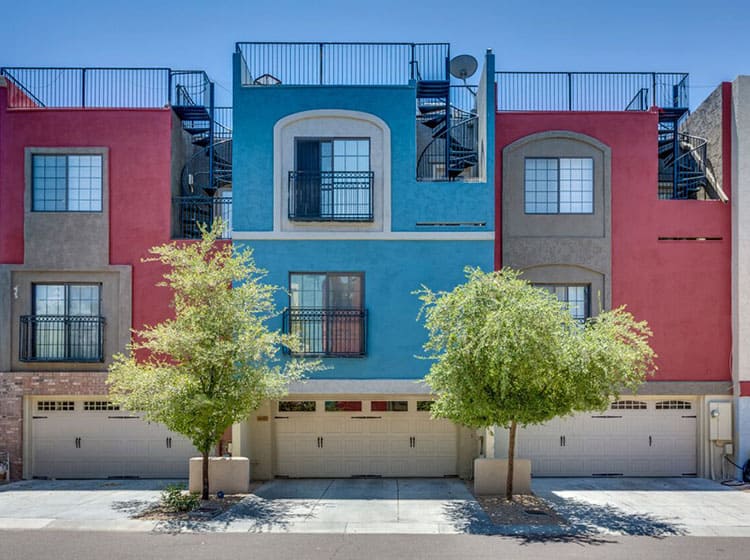Comprehending Seasonal Influences On Commercial Outside Painting: Necessary Expertise For Success
Comprehending Seasonal Influences On Commercial Outside Painting: Necessary Expertise For Success
Blog Article
Created By-Korsholm Rosendal
When you're planning an industrial outside painting project, seasonal elements can make or break your outcomes. You'll wish to consider exactly how temperature level and humidity effect paint application and drying out times. Choosing the right period can ensure your paint adheres properly and lasts longer. Yet which periods are truly the most effective for this type of work? Allow's check out the key elements that can influence your project's success.
The Effect of Temperature on Paint Application
When you're preparing a business external paint task, the temperature level can significantly affect exactly how well the paint sticks and dries.
Ideally, you want to repaint when temperature levels vary in between 50 ° F and 85 ° F. If it's too chilly, the paint might not treat effectively, resulting in problems like peeling or cracking.
On the flip side, if it's as well hot, the paint can dry out also quickly, avoiding correct adhesion and leading to an unequal coating.
You should additionally consider the moment of day; early morning or late afternoon uses cooler temperature levels, which can be much more beneficial.
Constantly inspect the supplier's referrals for the details paint you're making use of, as they usually provide support on the excellent temperature array for optimum results.
Moisture and Its Impact on Drying Times
Temperature level isn't the only ecological aspect that affects your industrial external paint task; moisture plays a significant role also. High humidity levels can slow down drying out times significantly, influencing the overall quality of your paint work.
When the air is saturated with wetness, the paint takes longer to heal, which can result in problems like bad attachment and a higher threat of mold development. If you're painting on a specifically damp day, be planned for extended delay times in between coats.
It's important to keep an eye on local climate condition and strategy accordingly. Ideally, aim for humidity levels in between 40% and 70% for ideal drying.
Keeping these factors in mind ensures your task remains on track and supplies an enduring coating.
Best Seasons for Commercial Outside Paint Projects
What's the most effective season for your business exterior painting tasks?
Springtime and very early loss are commonly your best options. During these seasons, temperature levels are mild, and humidity levels are frequently lower, creating ideal problems for paint application and drying out.
Stay clear of summer season's intense heat, which can trigger paint to completely dry too swiftly, causing bad adhesion and finish. Likewise, winter season's chilly temperature levels can impede correct drying out and curing, risking the durability of your paint job.
Aim for days with temperature levels in between 50 ° F and 85 ° F for optimum outcomes. https://www.architecturaldigest.com/story/how-to-clean-walls in mind to inspect the regional weather prediction for rainfall, as damp problems can wreck your task.
Planning around Click Link guarantees your painting project runs efficiently and lasts much longer.
Final thought
Finally, intending your industrial exterior paint tasks around seasonal considerations can make a substantial distinction in the result. By organizing job throughout the ideal temperature levels and humidity levels, you'll make sure far better bond and drying out times. Keep in mind to keep an eye on neighborhood weather report and pick the correct time of year-- springtime and very early autumn are your best choices. Taking https://painter-near-me90099.blogars.com/33197719/explore-the-existing-methods-and-trends-in-home-paint will assist you attain a sturdy and professional surface that lasts.
